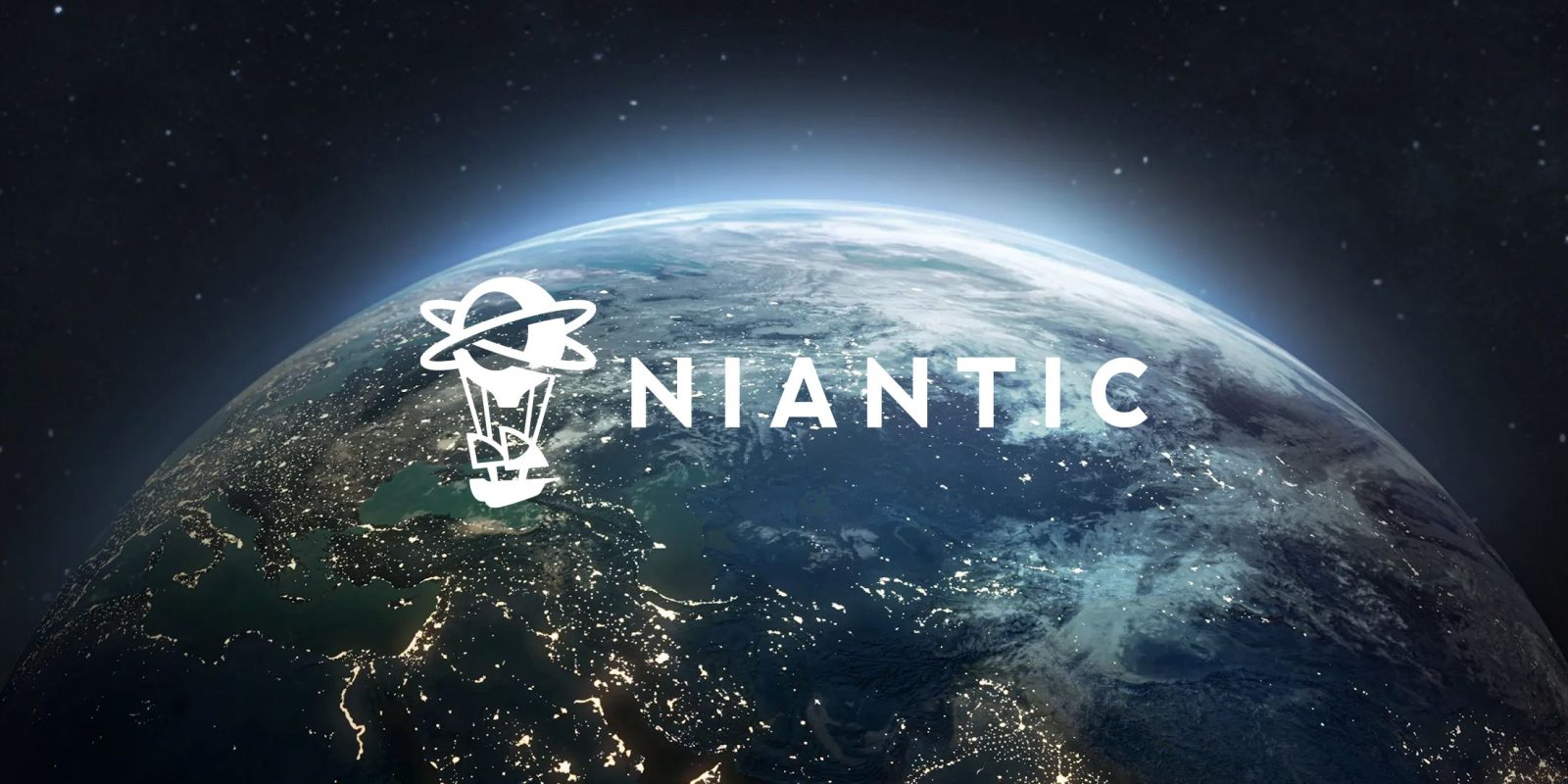Key Takeaways
- Niantic is building a geospatial AI model using data from popular AR games like Pokemon GO.
- The model, called the Large Geospatial Model, aims to enhance interactions in physical spaces globally.
- The technology has vast applications in AR glasses, robotics, content creation, and autonomous systems.
Pokemon GO developer Niantic has revealed that data scraped from its popular AR games is being used to build a new geospatial AI model that will allow neural-network-powered machines and interfaces to better interact with physical spaces across the globe. Pokemon GO, an AR spin-off of the popular franchise, uses players’ smartphone cameras coupled with neural networks to place virtual objects in real spaces.
Niantic’s founder, John Hanke, led Google’s Geo division, which created Google Maps, Earth, and Street View, before forming Niantic in 2010. Prior to that, his company Keyhole created an interactive interface for live mapping conflicts in the Iraq War. Niantic is best known for its suite of popular augmented reality games, including Pokemon GO, Ingress Prime, Pikmin Bloom, and more.

Related
Niantic Teases ‘Next 10 Years’ of Pokemon GO
A senior Niantic official teases ‘the next ten years’ of Pokemon GO, in addition to revealing one surprising fact about the game.
As stated in a company blog post, Niantic’s newest venture is the construction of a “Large Geospatial Model” or LGM, which would combine the more than 50 million neural networks the company has trained into a single model of geographic locations and their spatial configuration. The company cites “AR glasses…, robotics, content creation and autonomous systems” as key applications of this technology.
Niantic Looks Ahead With New Tech Investment
Niantic is betting on the rise of wearable XR technology and autonomous machines to make spatial computing the predominant operating system of the near future. The company’s current geospatial models are informed by millions of scans generated by users of its AR games and Scaniverse app. These assets have been combined to create its Visual Positioning System, which allows for the placement of persistent virtual objects in real space with a high degree of accuracy. The Large Geospatial Model is the next evolution of that system, combining the millions of neural networks generated by the VPS into a single entity capable of extrapolating unscanned location information out of local spatial and positioning data.
While Pokemon GO users will likely not be surprised that the corporation behind a popular game is scraping their data in pursuit of its larger business goals, the implications of a large geospatial model are far-reaching.
As large geospatial models continue to develop, it seems inevitable that Niantic or some other entity will explore the entire spectrum of the new tech’s potential integrations. It remains to be seen what regulatory or ethical boundaries are established for the deployment of the striking advancement, and what pros and cons consumers might encounter with this latest AI evolution.












Leave a Reply